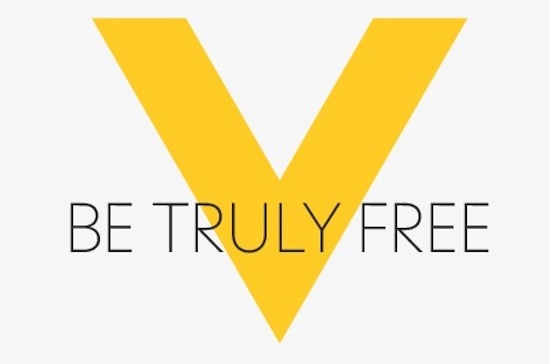VEON, Qualcomm and Huawei have trialled licence assisted access technology, as the Russian operator looks to use it to bolster its connectivity portfolio on the road to 5G.
The telcos aggregated one 10MHz band at 2.6Ghz with two unlicensed 20MHz carriers at 5GHz, enabling speeds of 480MBps on an end user device.
Huawei provided its LampSite small cell solution, and Qualcomm built a test device equipped with its Snapdragon X16 LTE modem.
Martin Skop, Executive Vice President, Infrastructure Development, VEON, said: “LAA is yet another step in fulfilling our 5G evolutionary strategy which relies on a smart gradual deployment of selective 5G and pre-5G technologies; avoiding valueless races of peak speeds and focusing instead on technologies that bring real value to our customers digital experience and our network performance.
“LAA managed integration of licensed and unlicensed spectrum will be fundamental in our goal towards a multi-purpose fully converged network. We are delighted with the trial results in collaboration with Huawei and Qualcomm who are two of our key 5G strategic partners.”
It has been predicted that the first commercial LAA networks will go live by the end of 2017.
Earlier this month a report from Rethink Technology Research predicted a quarter of all enterprise small cell installations will be compatible with LAA technology by 2020.
A report by ABI Research in June said the likes of LTE-LAA, MulteFire and CBRS will help the vendor hardware market grow to be worth $1.7 billion by 2022.



